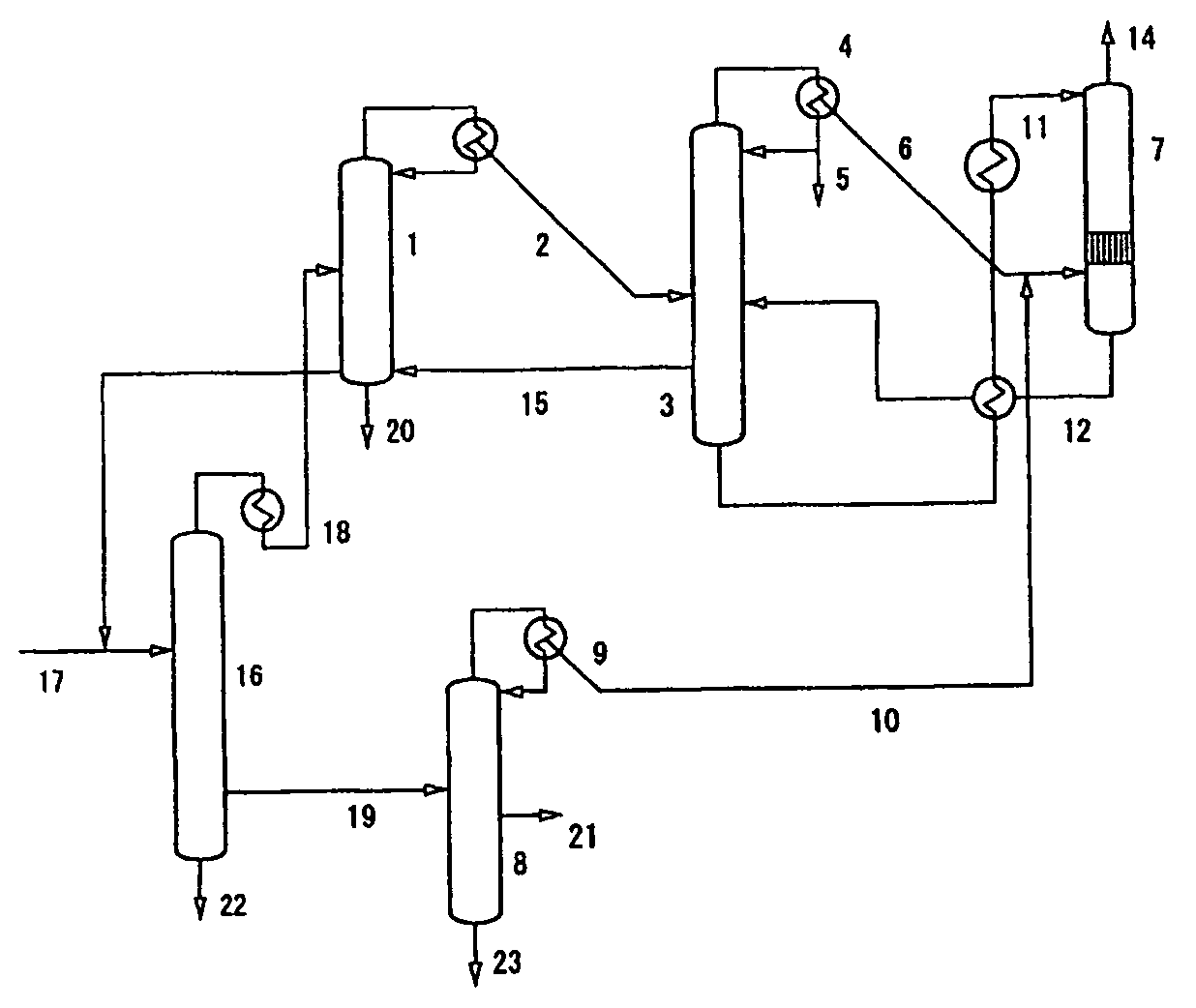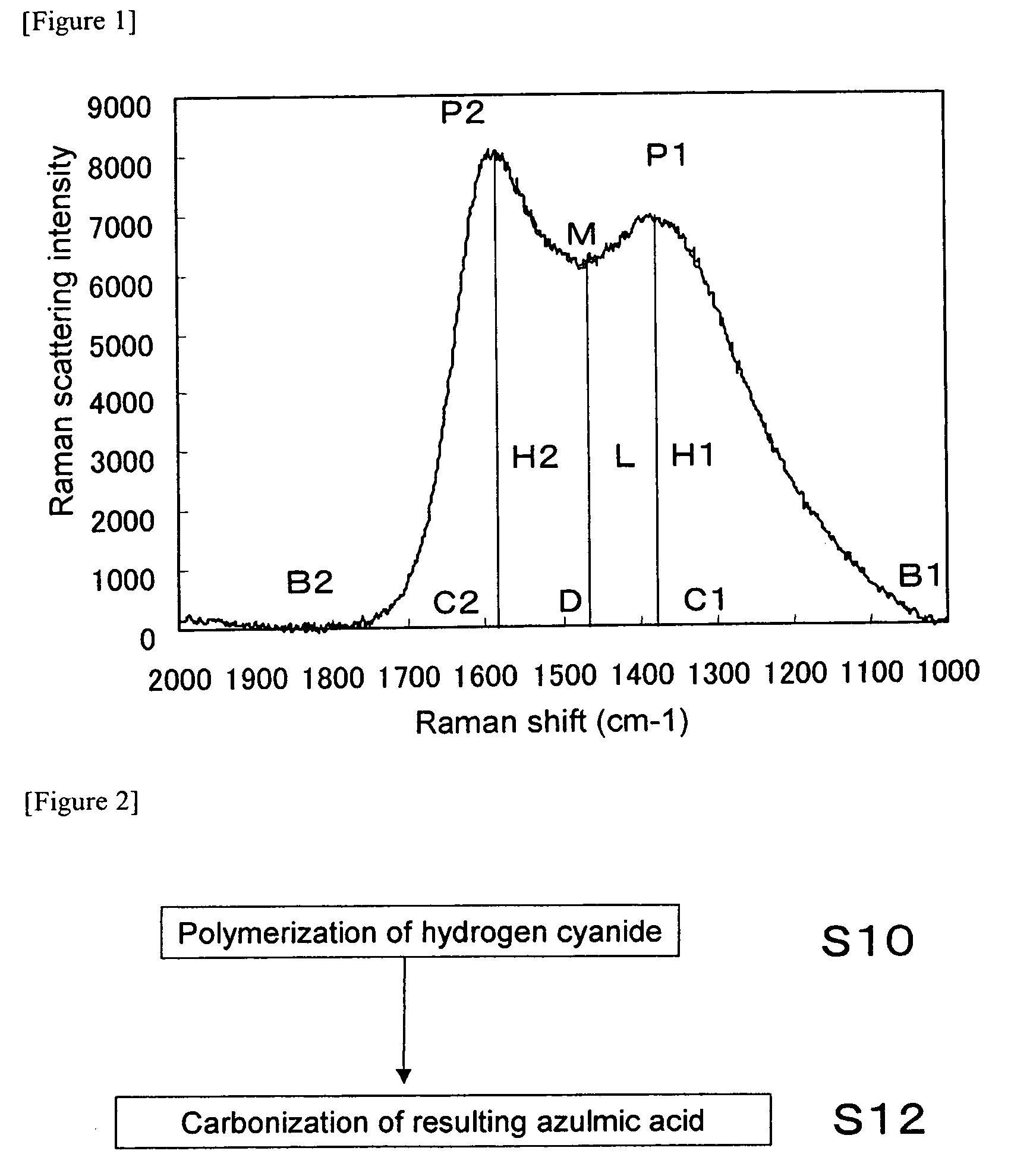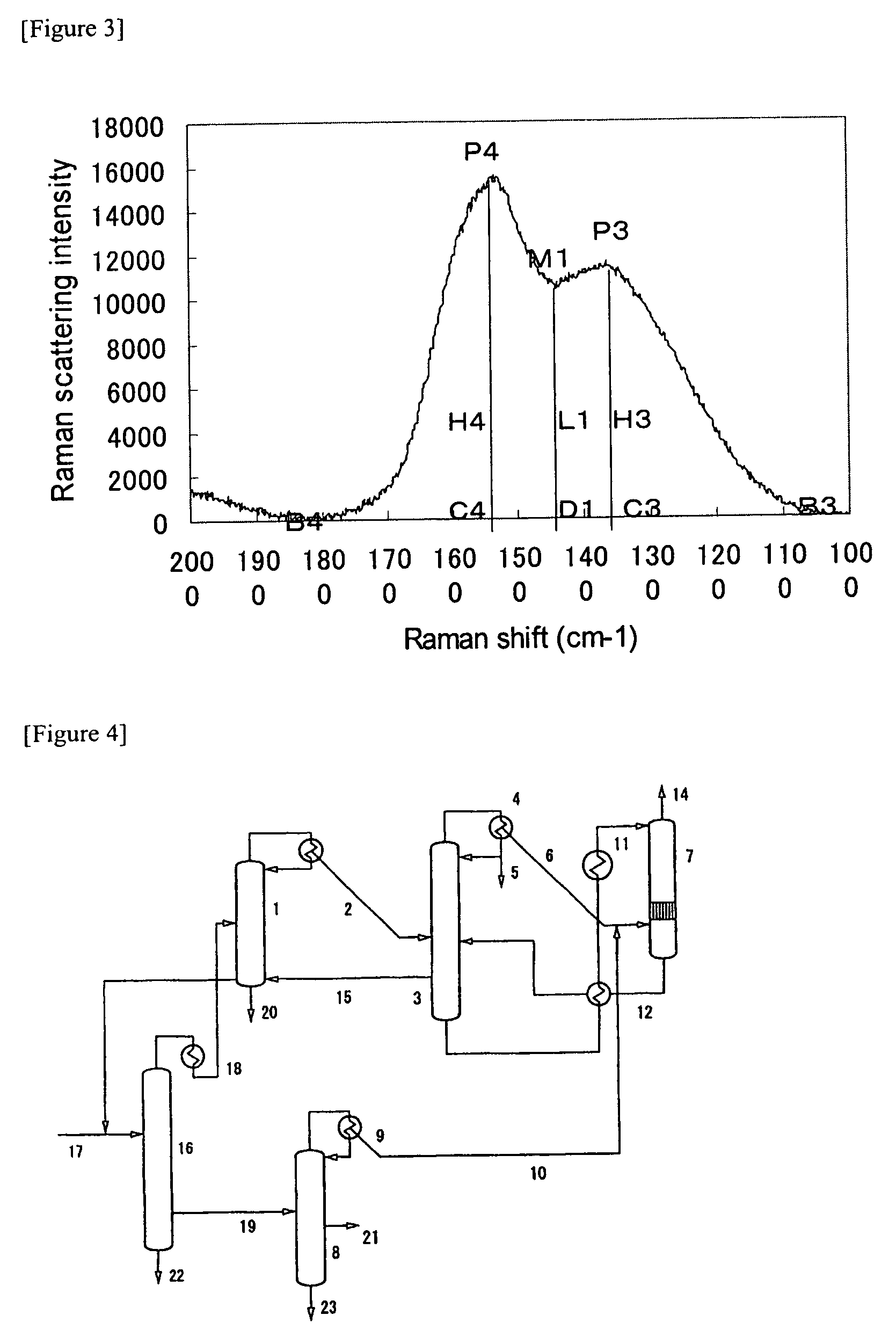Nitrogen-Containing Carbon Material and Method of Producing the Same
a technology of nitrogen-containing carbon and carbon material, which is applied in the direction of electrochemical generators, cell components, organic chemistry, etc., can solve the problems poor quality of carbon materials, and inability to meet the requirements of high nitrogen content and low hydrogen content, and achieves simple production and easy polymerization. , the effect of efficient production method
- Summary
- Abstract
- Description
- Claims
- Application Information
AI Technical Summary
Benefits of technology
Problems solved by technology
Method used
Image
Examples
examples
[0103]The present invention will now be described in further detail in reference to Examples and the like of the present invention, but these are illustrative only and the present invention is not limited to the following specific examples. Various changes may be made to Examples to be shown below by those skilled in the art to implement the present invention, and these changes are encompassed in the scope of the claims of the present invention.
production example
Production of Azulmic Acid
[0104]In the present invention, azulmic acid was recovered in the process shown in FIG. 4.
[0105]To a hydrogen cyanide removal column 1 through an acrylonitrile recovery column 16, was sent 1,700 kg / h of hydrogen cyanide by-produced in the production of acrylonitrile by the ammoxidation of propylene. From a partial condenser at the top of the column, was obtained 1,718 kg / h of crude hydrogen cyanide vapor (2) at 32° C. together with a small amount of acrylonitrile and water. The composition of the crude hydrogen cyanide vapor (2) was as follows:
Acrylonitrile5%by weight,Water1%by weight, andHydrogen cyanide94%by weight.
[0106]To the vapor phase, was added 1.2 Kg / h of sulfurous acid gas as a stabilizer and 71 m3 / h of nitrogen gas, and the resulting mixture was sent to the 28th plate from the top of a hydrogen cyanide purification column 3 which is a plate column with 45 plates. The hydrogen cyanide purification column 3 has a diameter of 1 m and a height of 22 ...
example 1
[0129]The obtained azulmic acid in an amount of 12 g was filled in a quartz tube having an inner diameter of 25 mm, raised to a temperature of 800° C. over 50 minutes in a nitrogen gas flow of 300 Ncc / min. under atmospheric pressure, and held at 800° C. for one hour for carbonization, obtaining 4.4 g of a nitrogen-containing carbon material. The yield was 37%. The oxygen concentration of the nitrogen gas used was found to be 1 ppm as a result of measurement using a trace oxygen analyzer (306WA-type, manufactured by Teledyne Analytical Instruments Company.
(Results of CHN Analysis)
[0130]The nitrogen-containing carbon material obtained in Example 1 was found to contain 68.6% by weight of carbon, 24.0% by weight of nitrogen, and 1.8% by weight of hydrogen. The number ratio of nitrogen atoms to carbon atoms (N / C) is 0.30. The number ratio of hydrogen atoms to carbon atoms (H / C) is 0.31.
(Results of Measurement of Laser Raman Spectrum)
[0131]FIG. 7 shows the laser Raman spectrum of the nitr...
PUM
| Property | Measurement | Unit |
|---|---|---|
| wavenumber | aaaaa | aaaaa |
| wavenumber | aaaaa | aaaaa |
| wavenumber | aaaaa | aaaaa |
Abstract
Description
Claims
Application Information
 Login to View More
Login to View More - R&D
- Intellectual Property
- Life Sciences
- Materials
- Tech Scout
- Unparalleled Data Quality
- Higher Quality Content
- 60% Fewer Hallucinations
Browse by: Latest US Patents, China's latest patents, Technical Efficacy Thesaurus, Application Domain, Technology Topic, Popular Technical Reports.
© 2025 PatSnap. All rights reserved.Legal|Privacy policy|Modern Slavery Act Transparency Statement|Sitemap|About US| Contact US: help@patsnap.com



